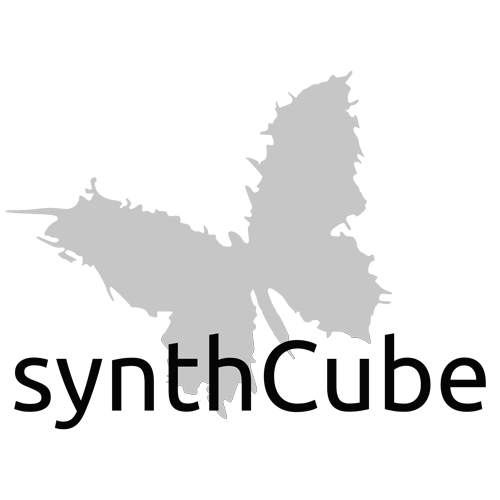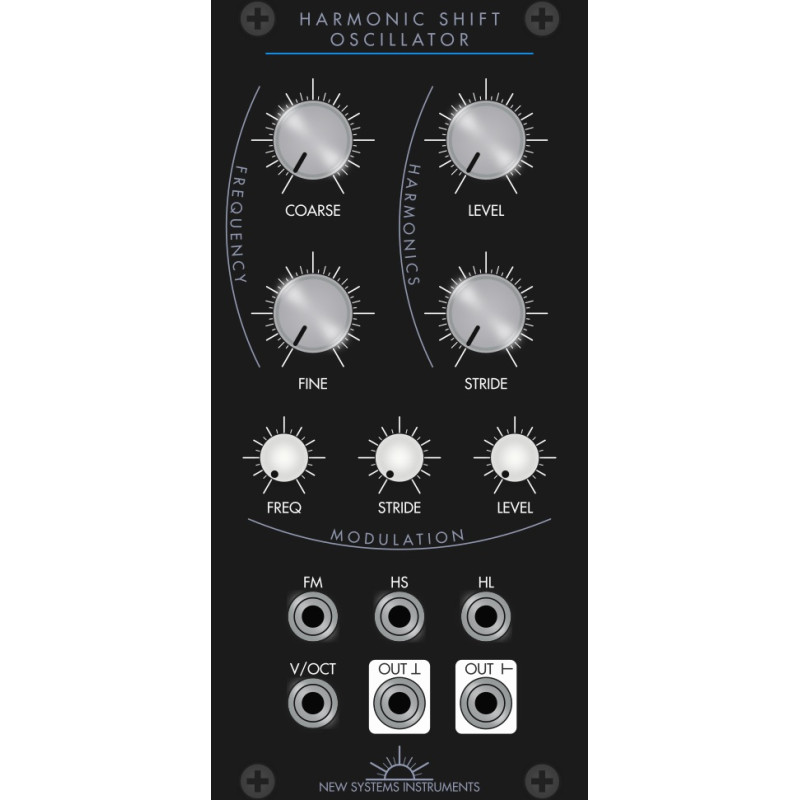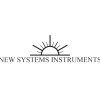NSI Harmonic Shift Oscillator
New Systems Instruments Harmonic Shift Oscillator Factory Assembled
The Harmonic Shift Oscillator (HSO) produces harmonic and inharmonic spectra through all-analog electronics. It provides similar capabilities to FM synthesis, but with a more direct relationship between the parameters and the resulting spectrum. You can separately control the tuning, the level of the harmonics, and the harmonic stride—the spacing between consecutive harmonics. When the harmonic stride is integer valued, you can get tones that sound similar to the traditional sine, triangle, square, and sawtooth, although the waveform will be different. If harmonic stride is non-integer valued, you'll get a complex inharmonic waveform.
The Harmonic Shift Oscillator has CV control over all parameters, with carefully chosen ranges. It responds well to self-modulation. With frequency, harmonic stride, and harmonic level modulation available, even a single HSO can produce extremely complex, evolving soundscapes with no other input. See the drone video, below, for a demonstration.
The HSO produces two outputs with all frequency components one quarter turn out of phase, making different wave shapes for the same harmonic content. However, because they reach their peaks differently, they'll distort differently. At higher harmonic levels, the HSO itself will produce warm and gentle distortion. While you have to be a little careful of phase issues, these two outputs are a great starting point for stereoizing a signal.
SPECS
Size: 12HP
Depth: 25mm
Power Consumption: +12V 80mA, −12V 75mA
Tuning Range: 7Hz–50kHz
Tuning Accuracy: ~7 octaves
Output Range: ~+9dBu–~+12dBu, −8V–+8V peak
Input Impedance: 20kΩ (FM and HS), 100kΩ (others)
Output Impedance: 150Ω
Output Drive: 2kΩ (min), 20kΩ+ (ideal)
| Module Parameters | |
| Format | Eurorack |
| Panel Size | 12HP |


